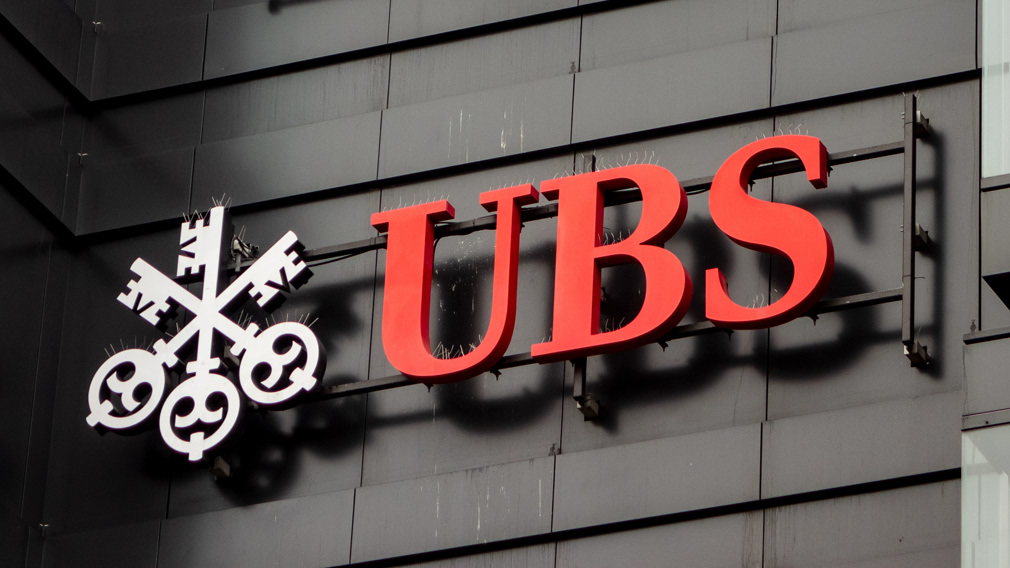Conventional wisdom says the Federal Reserve won’t cut rates during an election year, to avoid looking like it’s favoring one candidate over another – unless there’s an economic shock so severe, it’s forced to act.
However, we don’t live in conventional times.
UBS, one of the world’s biggest investment banks, is predicting the Fed could lower interest rates three times in 2020, an outlook at variance with other forecasters that are calling for no change or just one rate cut this year. If it’s correct, it would put downward pressure on mortgage rates.
Damage from tariffs not covered under the Phase One trade deal signed by President Donald Trump on Wednesday will force the Fed to ease monetary policy, Arend Kapteyn, global head of economic research at UBS, said at the UBS Greater China Conference in Shanghai, China, on Tuesday.
Kapteyn is not saying there will be a financial shock to the system. Rather, Kapteyn is saying the slowdown already predicted by the Fed will be worse than expected. The central bank forecast at its December meeting that GDP growth will drop to 2% in 2020 from 2.2% in 2019.
Kapteyn said the first of the three Fed rate cut could come in March.
“We think this tariff damage is going to push U.S. growth down,” Kapteyn said in an interview with CNBC. “That’s actually going to trigger three Fed cuts, which is way off consensus, right? No one believes that. And of course when the Fed starts cutting, everyone else starts cutting.”
While the Fed doesn’t directly control mortgage rates, its decisions and forecasts influence the bond investors who do. If investors are willing to accept lower yields, that translates into lower mortgage rates.
The Phase One trade deal with China gives partial relief for about a third of existing tariffs and didn’t touch the most punishing ones.
It rolled back tariffs on about $120 billion of goods, mainly consumer items and agricultural products, to 7.5% from 15% enacted in September and it canceled additional tariffs threatened by Trump. However, the 25% tariffs on $250 billion of goods that were put in place in the first 18 months of the trade war remain in place.
Those are the ones that are costing the average U.S. household $831 a year as companies pass on the added costs to consumers, according to a Federal Reserve Bank of New York report. None of the tariffs included in that study were touched in the Phase One trade agreement.
Tariffs have already pushed the U.S. manufacturing sector into recession, Kapteyn said. The question is, what comes next for retail and for the consumer spending that accounts for about 70% of the U.S. economy.
“The issue is what happens with the retail sector, which is where the September tariffs – you’re going to get some relief from those, but those are still feeding their way into the data, and so we think you’re going to see accelerated store closures.”






